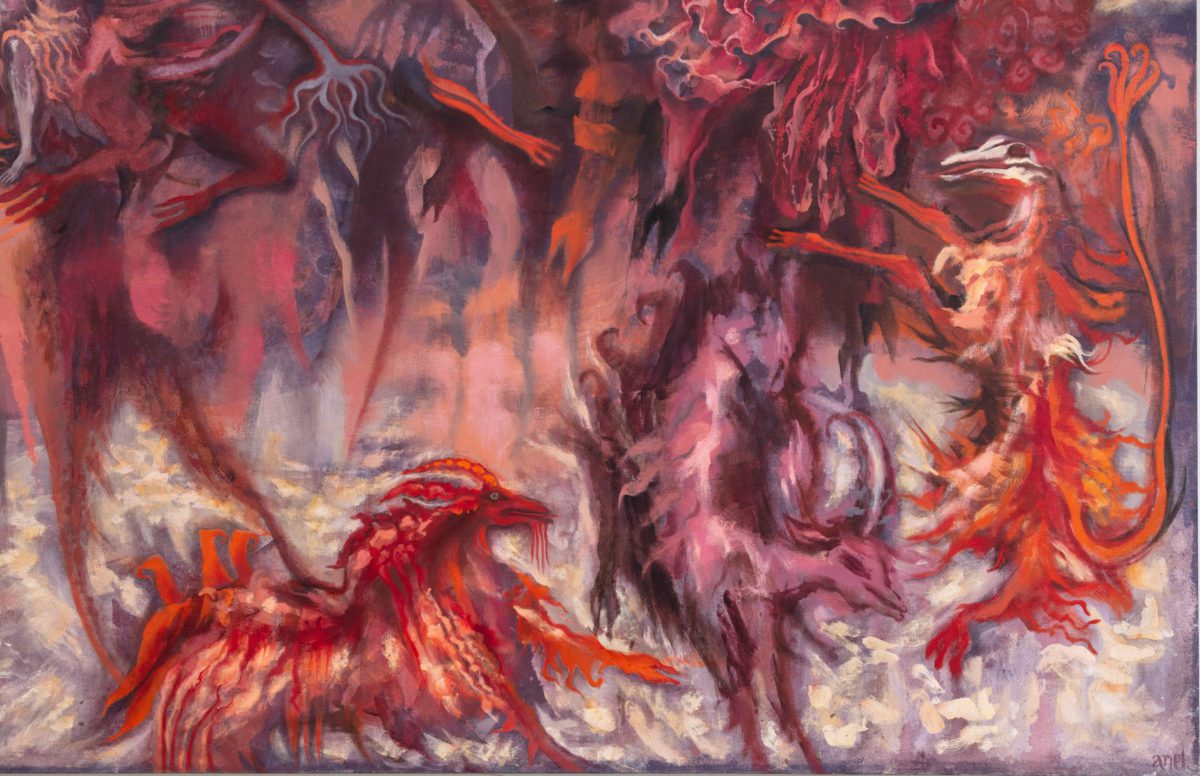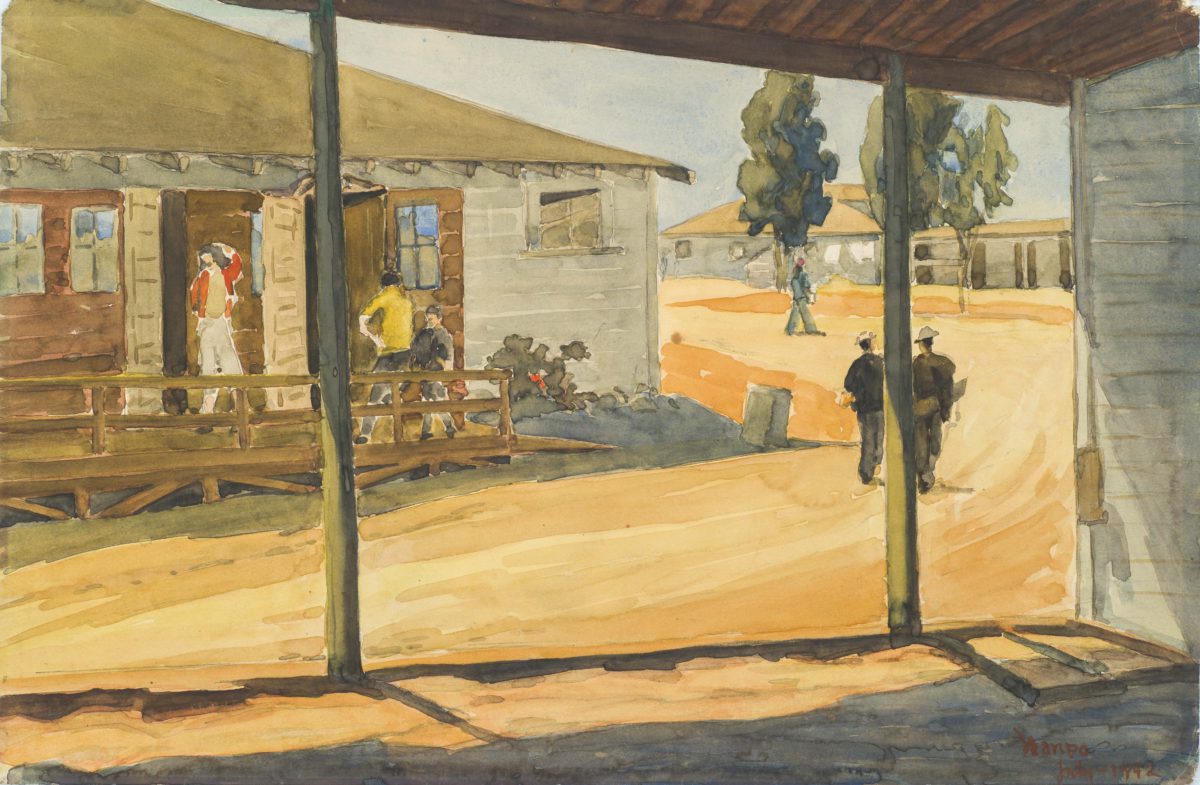Jed Perl and Sam Lefebvre contend with art in an agitated age
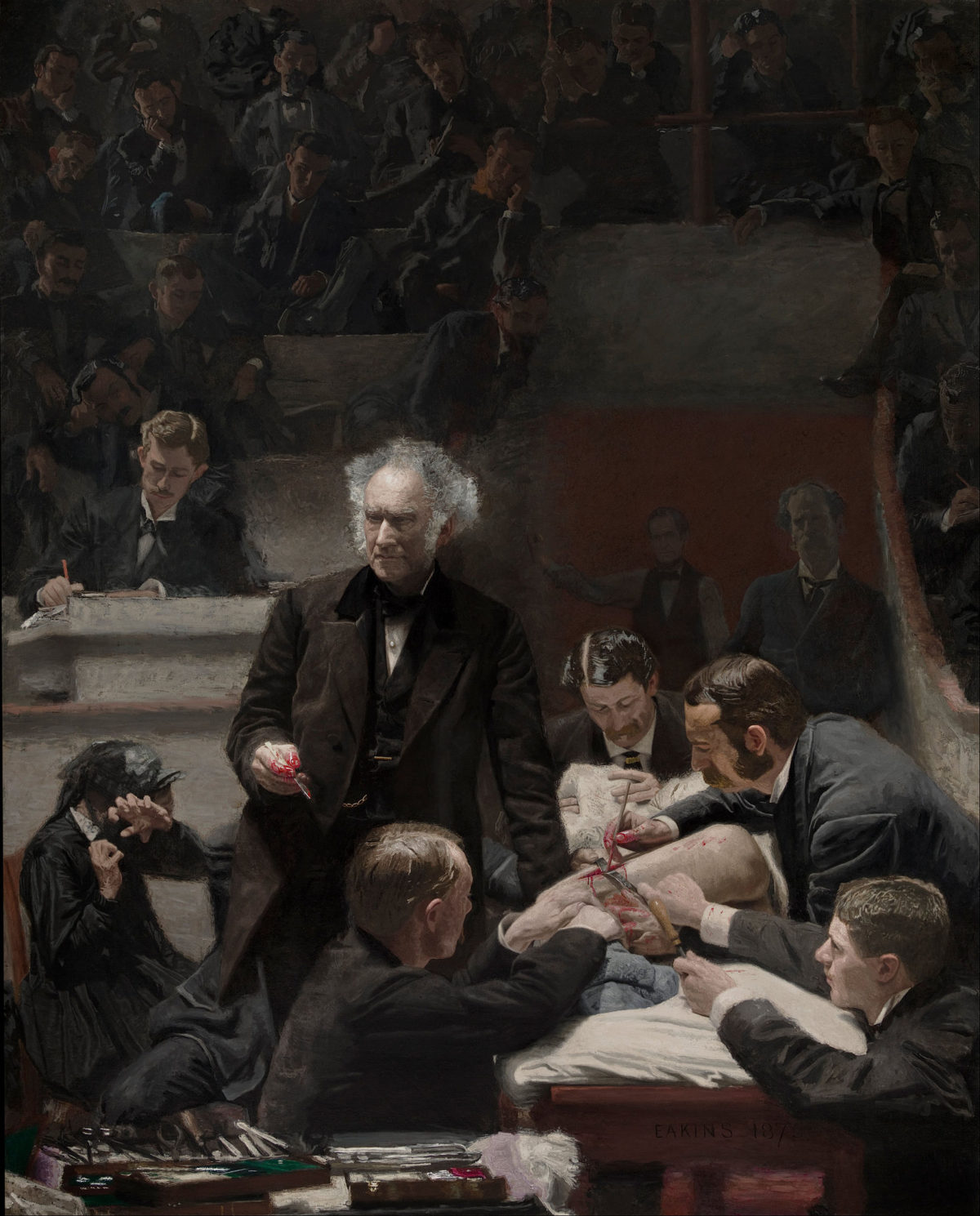
Authority and Freedom: A Defense of the Arts
by Jed Perl
Knopf, 2022, $20.00
A Generous Grift
by Sam Lefebvre
The Lab, 2022, (online and in print)
Two recent publications about art and the material world remind me of Thomas Eakins’ Portrait of Dr. Samuel D. Gross, that American masterpiece of a surgery lesson in progress. One is Authority and Freedom: A Defense of the Arts, a book by the critic Jed Perl that wants to save its ailing patient Art from demands for social and political relevance. The other is writer Sam Lefebvre’s recently completed research project A Generous Grift, which examines the innards of cultural institutions to excise any redemptive allure of the arts from the conscience of those who work and agitate in their orbit. Arriving at a time when inflated auction prices for new works, thoughtless curation of even newer ones, and renewed institutional critiques make the art world seem no less frayed than the real world, Perl and Lefebvre’s writing ultimately bears directly on an aspect of the discourse that can get lost in the din: the art itself. Like Dr. Gross’s audience, we are left to take notes or look away in horror. Let’s have a glance, at least.
Jed Perl previously wrote a two-volume biography of Alexander Calder and 2005’s New Art City, a landmark book on culture in midcentury New York. He was also The New Republic’s art critic for 20 years until its 2014 implosion. There, he once described a Jeff Koons retrospective at the Whitney as a “succession of pop culture trophies so emotionally dead that museumgoers appear a little dazed as they dutifully take out their iPhones and produce their selfies.” Now he says in Authority and Freedom that the deteriorating state of the world has led people more than ever “to ask what the arts can do to help.”
As in much of his criticism, Perl has dressed his iron fist in a velvet glove. Drawing primarily and, occasionally, too heavily, on personal passion, he responds like an elder gently protesting in the very noisy arena where art faces off against everything else. His subject is awfully apropos, his angle is pointed, and yet the book’s slight 176 pages are pleasurable to read.
For him, the excitement is in how the artist, by creating, strikes a balance between traditional forms (authority) and personal experiment (freedom). It’s this tension, Perl believes, that is special and catalytic and deserves our attention before all else.
He is clear about his “belief that the arts have their own, independent significance” which importantly sets them apart, on a pedestal even. It brings to mind Ernest Hemingway’s quip to a journalist that “there are no messages in my novels. When I want to send a message, I go to the Post Office.” Perl contends that, while the arts do not shy away from messages, we’ve now started loitering around the mailbox, ignoring the potential of their greater relevance, which lies in the arts’ ability to “move us and excite us unlike anything else in our lives.”
For him, the excitement is in how the artist, by creating, strikes a balance between traditional forms (authority) and personal experiment (freedom). It’s this tension, Perl believes, that is special and catalytic and deserves our attention before all else. To flesh this out, he cites a wide range of artists whose work embodies and benefits from this conflict, which depends crucially on craft and creative courage. About authority, Perl quotes the writing of Anni Albers, who, in her words, studied ancient Peruvian textiles “as a way of looking forward from a point way back in time” and found that “limitlessness leads to nothing but formlessness.”
About freedom, Perl dedicates a section to Piet Mondrian’s abstract work, which culminated in Victory Boogie Woogie, a painting he was still working on only days before his death in 1944. Through the painting, Perl writes, Mondrian himself came to grapple with the stringency of his famous color block compositions of the 1920s and 1930s, searching for liberation within the fundamentalist approach to painting he’d established.
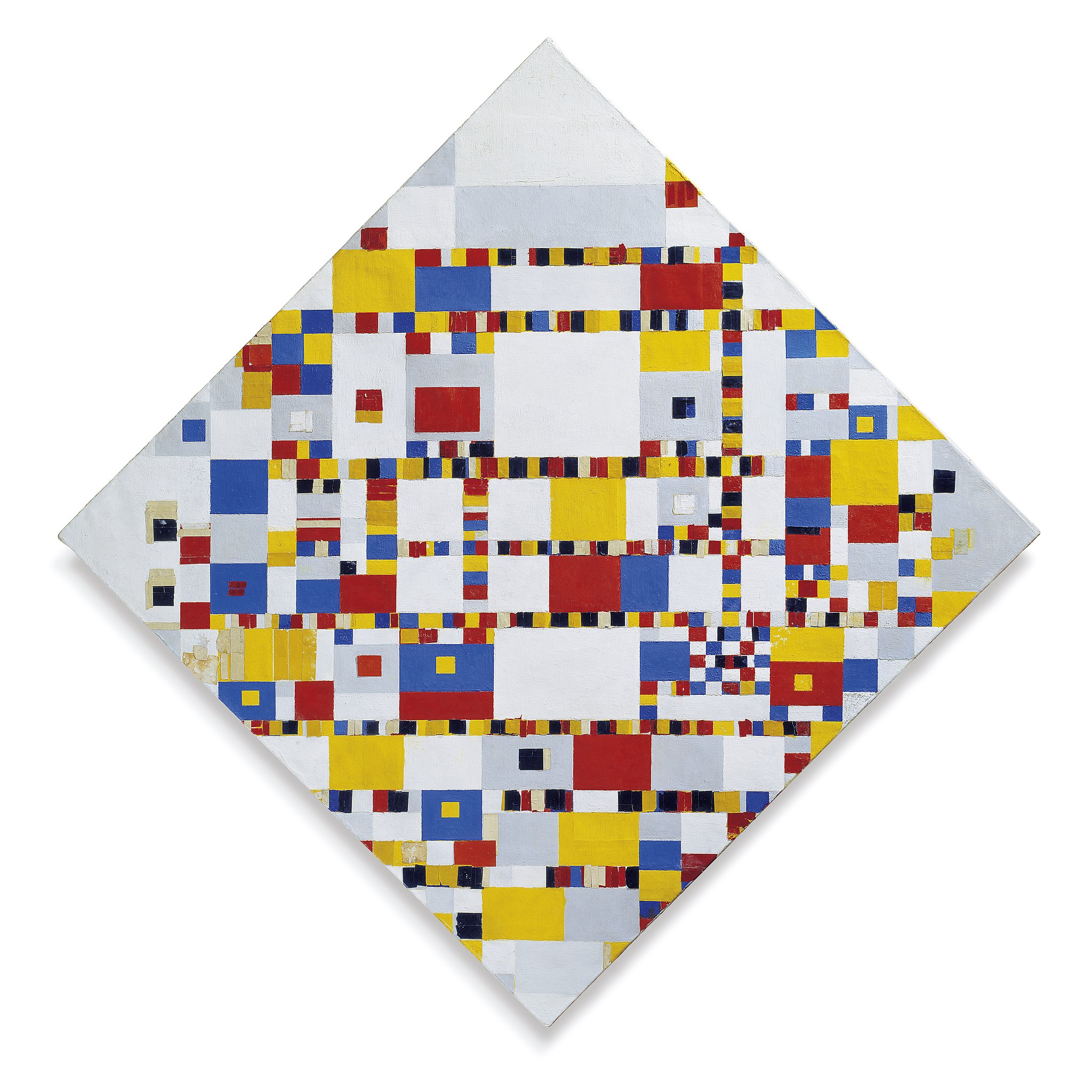
I saw Victory Boogie Woogie recently at the Kunstmuseum Den Haag, which will not let the painting travel. Small bits of colored tape intermingle with asymmetrical blocks of paint and on the massive canvas, which hangs by itself on a tall white wall, the peeling tape and bleeding lines give you a unique sense of Mondrian’s sustained inventiveness in making the thing. It’s a joyous mess of a painting, unceasingly labored over for more than 2 years, a masterwork at once in progress and decidedly, liberatingly complete.
The experimentation underway on the canvas convincingly underlines Perl’s principle that no matter “the artist’s relations with patrons and public, the artist’s primary relationship is with the tools and techniques of the trade.” It’s through that relationship that something is made, the thing we look at, read, watch, or hear, the thing that moves us or falls flat. Perl is adamant that the nature and quality of that relationship should be the primary grounds on which we evaluate art: without it, there would be no creative expression.
The pages Perl spends jumping around the history of arts and letters in decades and centuries no less fraught than ours helps ground his sometimes floaty, philosophical convictions about their persistent value. Perl obviously writes on topics where subjectivity rules and you could say a lot of this book is just, like, his opinion. But as such, I think his writing ultimately affirms art as the domain of nuance and inscrutability, different from political and social questions that can and often should elicit our unequivocal response; in their most common, yet alienating form, those questions are answered in a voting booth. For Perl, the pencil stroke that puts a line on a canvas is far, far away from the one that marks a ballot.
If you think that the bosses suck but the art is kind of cool, Lefebvre is trying to say that the art is the bosses’ so the art sucks too.
In the unequivocal and deeply researched text A Generous Grift, published by San Francisco arts space The Lab, Bay Area writer Sam Lefebvre also focuses on relationships: between museums, their employees, their trustees, their big reserves of cash, and their art collections. With the recent wave of organizing at American cultural institutions, Lefebvre is writing to contribute to “a program of solidarity and struggle” for culture workers; “in the best case,” he says, his work “becomes instant litter, trampled by the real movement retaking history in the streets.”
Even for readers who are not museum unionists, Grift is still too well thought out, researched, and written to skip over; but through it all, his main goal to encourage “capacity for analysis and collective action” in culture workers should be kept front of mind.
Lefebvre marshals the references of 55 footnotes and his own hard-boiled interpretation of the institutional art world’s modus operandi to recast museums as “hedge-funds with art”: the growth of their endowments depends on “the stability of financial markets driving ecocide and housing costs,” along with all the other things that financial markets drive. To the extent that they translate into wealthier museums, many of these things also make it harder for museum workers to make ends meet.
It is an insight that is not very novel, though Lefebvre lays it out again with new names, numbers, and a knack for structure. In 2013, Perl himself lamented a shady phenomenon that Lefebvre also explores, that of museum directors, through their curatorial activities, boosting valuations for their art collector friends. I remember the collective Occupy Museums’ clunky inclusion in the Whitney Biennial five years ago addressed similar topics. Yet, the very fact that art institutions like the Whitney have now seemingly accepted these and other critiques spurs Lefebvre on further, all the way to his stark conclusion.
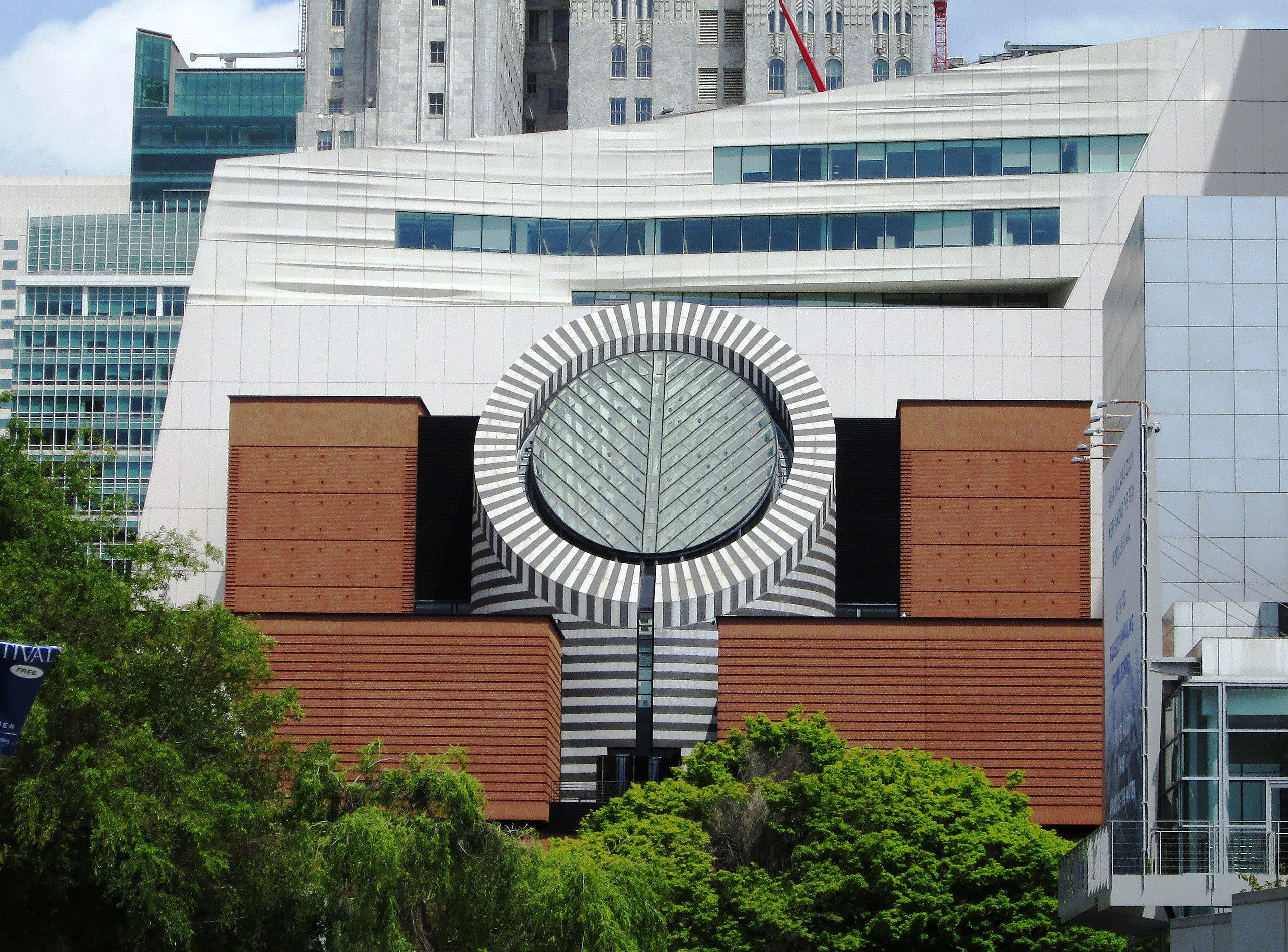
In its militancy, all of Grift is compelling, but Lefebvre’s bottom line is striking, all the more so for being plainly logical to his reasoning. Here, Lefebvre contends that “it’s hard to imagine a prohibited form of cultural expression”; and so as art museums embrace progressive values of the day and champion new and underrepresented artists, he says they only implicate a wider swath of artistic creation in their entrenched, financialized overworld. To dismantle it would be to disrupt those inroads, but, in the culmination of his research and reporting, Lefebvre resolves: “What we need is to free ourselves from art.” If you think that the bosses suck but the art is kind of cool, Lefebvre is trying to say that the art is the bosses’ so the art sucks too.
While Perl is concerned above all else with the materiality of a work of art—everything that went into its making, the labor of the artist, their tools and methods—Lefebvre’s focus is on classic materialist forces that impose themselves on art after its creation, so much so that, from this perspective, a work of art is notable not for its aesthetic properties but its provenance—“the oppression refracted in the circulation of artwork.” That perspective is not invalid and Perl is writing a defense of the artistic act in part because, with every new auction record, our exposure to it is indeed ever more mediated, whether we know it or not, by headlines of astronomical selling prices and market trends, just as much as it is mediated by questions of political and social relevance. And so, our experience of the arts edges closer to some combination of news consumption, online shopping, social media scrolling, even voting.
But Lefebvre does not seem to entertain the idea that there is some value (non-monetary to be sure, and therefore hard to find on a tax filing) in the public display of art in a museum that could countervail the “oppression refracted” in it. This is the surgical crux of Lefebvre’s argument, like slicing out a canvas to better study its gilded frame. If provocative, the stance is refreshing for its simplicity. Meanwhile, Perl’s desire in Authority and Freedom is to hack away at the political and social entanglements we project on artistic expression—you can picture Perl in a gallery scratching off curators’ wall text with a paint scraper. Lefebvre describes a “revenge” of representation at cultural institutions; but where he believes that a disingenuous focus on inclusivity nullifies deeper critiques, Perl worries that it nullifies our ability to appreciate art on its own terms. In response, Lefebvre imagines a toppled museum while Perl hopes for fortification.
For Thomas Eakins, a deep appreciation for his venerable portrait was also hard won: Its grim and bloody subject offended most of the public who saw it in 1875 and the years after. But as Eakins explored the raw emotional core of realism, he was also painting progress itself. Gross’ clinic was demonstrating new minimally invasive surgery techniques that could save limbs and lives. To progress past their predicaments, Perl and Lefebvre seem bent on amputation.


